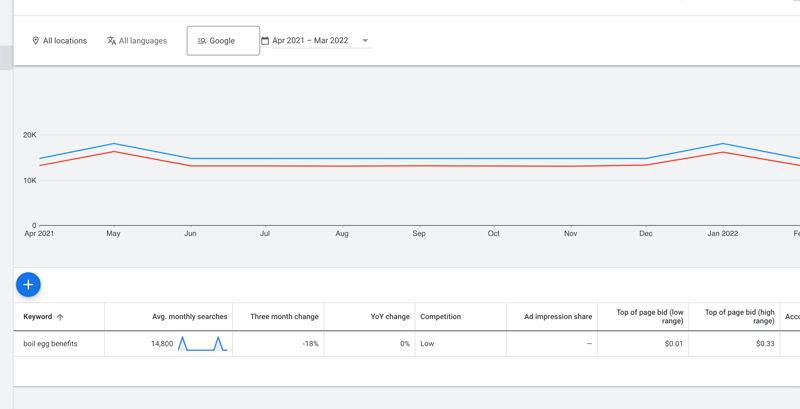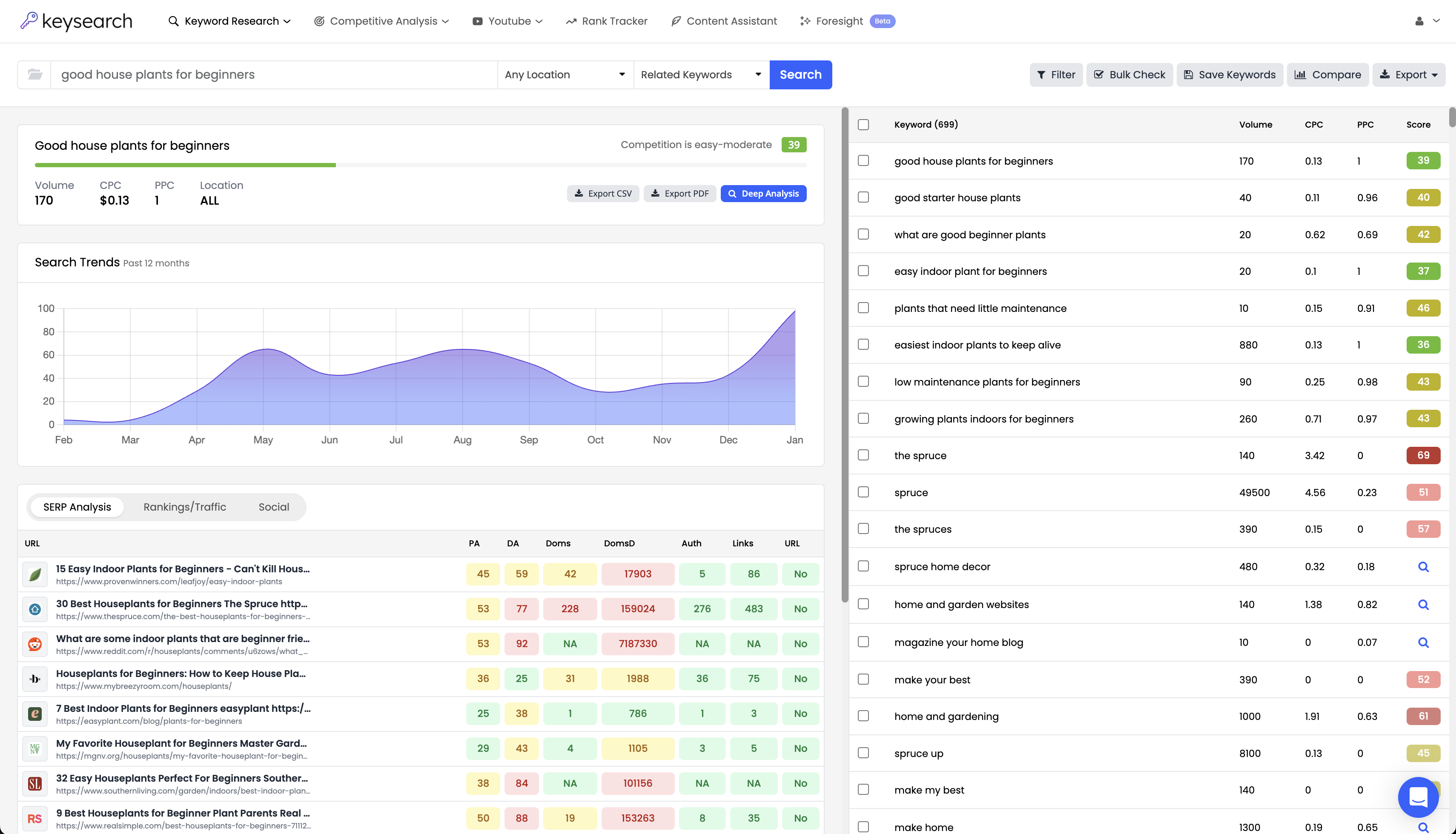Over the next few weeks, you may start noticing certain keywords showing drastically different search volumes than what they had shown previously. This is due to a big algorithm change we are rolling out to what we call our “True Volume” algorithm. If you are completely unfamiliar with our True Volume algorithm I suggest you give this blog article a quick glance as it explains it all in more detail.
True Volume Algorithm and Close Variants
To give a quick sum up, our main data source for search volumes is Google. Over the years Google’s search volume has become less and less accurate for certain keywords due to what they call grouping close variants. What this means is that they group the search volumes of multiple keywords together that they consider relatively the same. In theory, this isn’t terrible, if it was implemented correctly we may not get exact search volumes for each keyword, but we’d have the search volume for the overall topic.
The problem is, that it’s not done well, it’s done through AI, takes huge liberties with what keywords it considers “close” and is very often wrong. It also will group keywords together giving one inflated volume for all of them, then the next month realize it was wrong and the volumes are completely different. Needless to say, this has caused us many headaches.
A few years back we launched what we called our “True Volume” algorithm. This was the start of our quest to ungroup these close variants and get more accurate search volumes. The algorithm has been working in the background with what we call a “soft touch”. If there was an easy to spot close variant we’d ungroup it and show the “True Volume”.
True Volume 2.0
Recently we’ve realized that this approach is no longer enough. We’ve had to become more proactive and audit our entire database looking for these variants. This is what brings us to today, and what we are calling our True Volume 2.0 release. This algorithm update has started rolling out but will take time to fully roll out. It is also only working on our All Locations (global), United States, and UK databases for the time being and mainly focuses on English keywords. As we get more confident with the algorithm for other languages we will roll it out to more databases and languages as well.
Let’s dive in and go over an example. Here the global search volume is shown by Google for the keyword “boil egg benefits”. You’ll see it shows a search volume of 14,800.

Google is definitely grouping many keyword search volumes into this figure. If you were to rank for this keyword alone and not for the many other variants that it considers “close” you wouldn’t nearly see this high of a search volume. When our True Volume algorithm ungrouped this keyword the search volume was 260. That is a far cry from 14,800!
How it Works
Without giving away the secret sauce, basically, we are utilizing multiple data sources to figure out these instances when Google is highly inflating the search volume. Then we are combining all the data from the different sources we have (including Google) to figure out just about where the True Volume stands for the keyword. Currently, the problem is mostly with higher volume keywords. Lower volume keywords (under 1000 searches per month) aren’t as affected by these close variant groupings.
As always we are doing our best to get you the most accurate data. The release of the True Volume 2.0 algorithm is a great step forward in doing that. During the rollout of the algorithm you may notice some data inconsistencies while all of our servers sync to the new changes. This will be an on-going process. We will be consistently tweaking and fine-tuning things as we go along to keep the algorithm as accurate as possible and to hopefully stop you from ever getting fooled by these close variant keywords.
- How to Do Keyword Research for Free: Best Free Keyword Research Tools in 2024 - December 13, 2024
- Benefits of Keyword Clustering: Why is it Important to Group Relevant Keywords Together? - December 13, 2024
- What is Keyword Density in SEO and Its Importance - December 13, 2024







